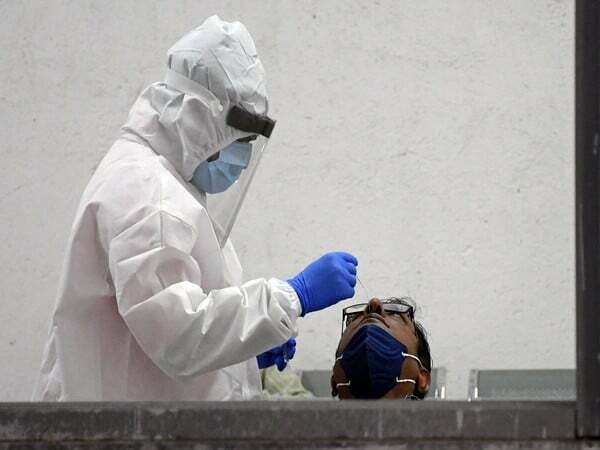SINGAPORE: Scientists and doctors from the National University of Singapore and
Nanyang Technological University have developed a way to detect SARS-CoV-2 RNA in the
air in indoor settings. SARS-CoV-2 RNA refers to the nucleic acid coding for the COVID-19
virus.
The team, comprising scientists and doctors from NTU’s Singapore Centre for Environmental
Life Sciences Engineering (SCELSE) and NUS’ Yong Loo Lin School of Medicine, trialled
the method in two inpatient wards at a hospital caring for active COVID-19 patients.
The study found that their air surveillance approach produced a “higher detection rate” of
environmental virus RNA, compared to surface swab samples collected in the same area, said
NUS and NTU in a joint news release on Friday (Oct 8).
The study demonstrated the detection of viral RNA in the air, which is the “strength” of the
device and method, said Professor Paul Tambyah, deputy director of NUS Medicine’s
Infectious Diseases Translational Research Programme.
“If we can put it in a place where we think that there's no COVID patients, then if you find
viral RNA, then that’s like doing a swab PCR for 30 people. Instead of doing a swab PCR for
30 people you’re doing it just through one filter. And then you can know what are the targeted
precautions that you need to take,” he added.
Between February and May 2020, the team conducted the study in two hospital wards – a
naturally ventilated open-cohort ward and a mechanically ventilated isolation ward.
After the COVID-19 outbreak across migrant worker dormitories last year, patients were
moved to open cohort wards from single isolation rooms, and conducting the study in these
wards was “much closer to what happens in the real world”, said Prof Tambyah.
“And so this was something like what we thought would happen, say if a family of infected
people got on board an aeroplane, or a group of pre-symptomatic people walked into a
conference hall for a meeting,” said Prof Tambyah, who is also President of Asia Pacific
Society of Clinical Microbiology and Infection.
“The key was to find out if we could find live virus in the air. And even if we didn’t, to see
whether these devices can be used to detect the virus in a public place, so that we wouldn’t
need to go on a blanket lockdown or travel ban or even potential quarantine,” he added.
Beyond identifying whether there was an infected person in the room or setting, the device
can help to make the assessment if the level of SARS-CoV-2 RNA is too high and generates
an infection risk, said Professor Stephan Schuster, deputy centre director of SCELSE.
“Of course what we want to create is ventilation situations where it is always too low for
people to be at risk.”
In the wards, air sampling devices were deployed in combination with an “ultra-low biomass
analysis approach” developed by the team from NTU’s SCELSE.
This approach was necessary because in ventilated indoor settings with a large air change
rate, it can be “difficult” to detect a viral agent in the air, said NUS and NTU in the press
release.
Air change rate refers to how often the air in a room is replaced by outdoor air. For example,
the air change rate in a hospital isolation ward can be up to 14 times an hour.
The device is heavy but “not terribly big”, and it can be discreetly placed in a variety of
locations with or without airflow to take samples, said Associate Professor David Allen, who
is also with the Infectious Diseases Translational Research Programme at NUS.
The RNA that was successfully extracted from the air samples was then subjected to real-
time quantitative reverse transcription polymerase chain, which has the same sensitivity as
the one used for standard COVID-19 polymerase chain reaction (PCR) test samples, the press
release read.
“What we found was that … the higher flow rate improved our detection, and that we could
detect the virus, most certainly, particularly when we were closer to patients,” said Assoc
Prof Allen, who is also an infectious diseases clinician with the National University Health
System (NUHS).
“The sampling of air was more successful than sampling of the surface. And there may be
several explanations of that, but one certainly is that it's because it's more prevalent in the air
than on surfaces.”
However, both air and surface samples found a high prevalence of the virus in areas that were
visited by many of the patients, like the toilets, he added.
From the study’s findings, healthcare workers should continue to use personal protective
equipment when in proximity to COVID-19 patients, especially earlier in their illness or just
before they fall ill, when they have a higher likelihood of shedding the virus, said Assoc Prof
Allen.
